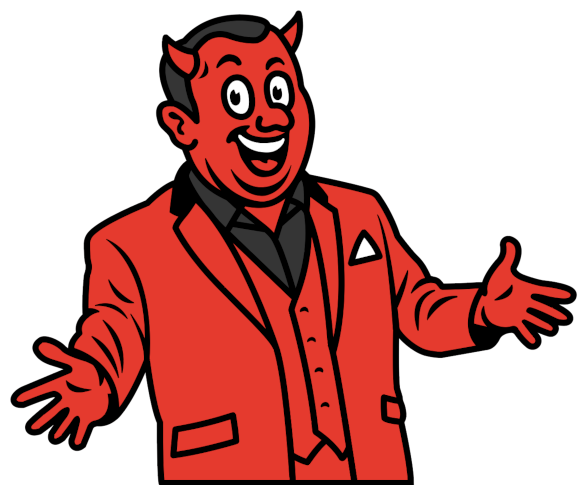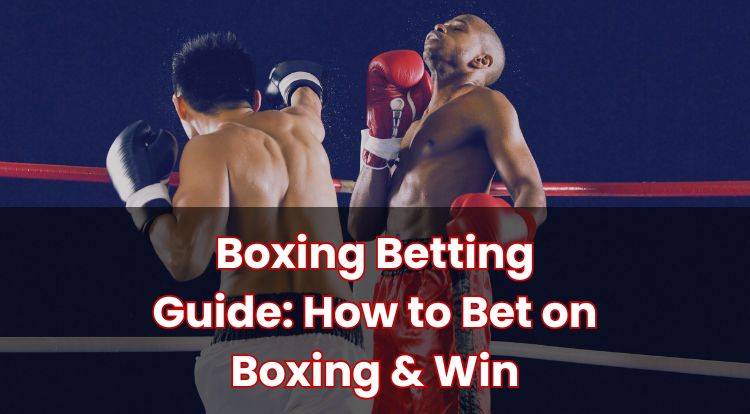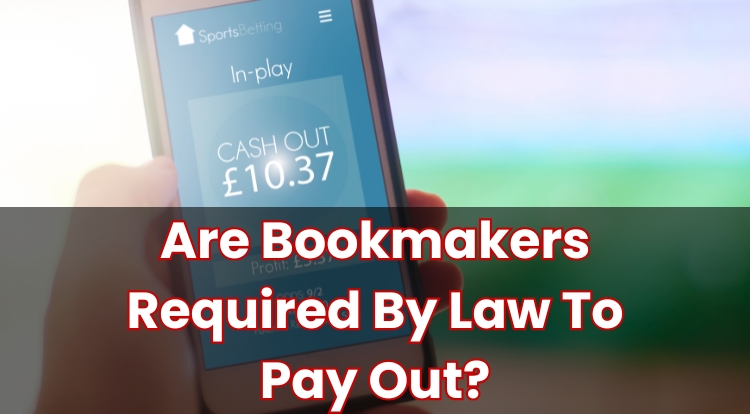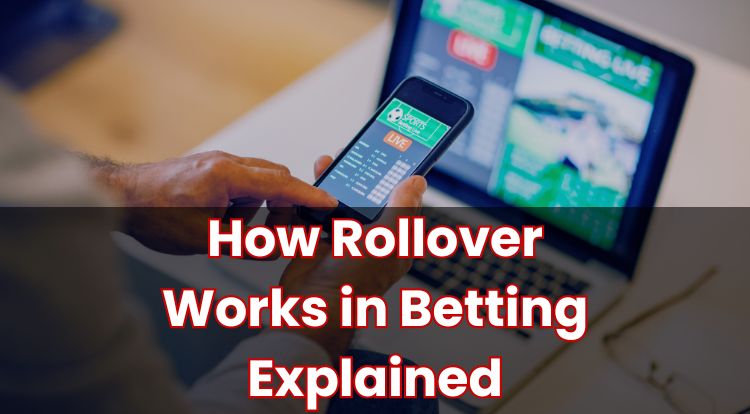Dropping Odds Explained: Is It Good to Bet on Dropping Odds?
When you look at a betting site, you might see the odds changing — sometimes rising, sometimes falling. Odds that fall are known as “dropping odds.” Understanding why this happens can help you make sense of how bookmakers work and why markets shift.
This guide breaks down what dropping odds are, what influences them, how bookmakers may respond, and what that might mean for anyone considering a bet. By the end, you’ll have a clearer view of how to read price movements, without assuming they tell you how an event will finish.
What Are Dropping Odds in Sports Betting?
In sports betting, the odds are numbers set by a bookmaker to show two things:
- how much you could receive if your bet is successful, and
- how likely the bookmaker thinks that outcome is.
For example, odds of 8/1 mean the bookmaker sees the outcome as less likely, but would pay £8 profit for every £1 staked, if successful. Odds of 2/1 suggest a higher perceived chance, but the potential return is lower.
When the odds drop — for instance, from 5/1 to 2/1 — it means the bookmaker has updated their view. The change reflects either new information or betting activity that suggests the outcome is now considered more probable than before.
It’s important to remember that dropping odds do not mean the outcome is certain. They reflect opinion and market reaction, not guaranteed results.
Why Do Betting Odds Drop?
Odds move because bookmakers reassess the likelihood of an outcome or because betting patterns create imbalances. Some common reasons for the odds to shorten include:
- Team or player news – If a football team announces their star striker is starting after an injury, bookmakers may shorten odds on that team winning.
- Heavy staking – If many people back the same side, bookmakers may lower the price to limit how much they might need to pay out.
- Market alignment – If one bookmaker cuts their price, others often follow so they are not left offering the highest odds.
- Weather and conditions – In sports like cricket or tennis, a forecast of rain or wind can affect how likely an outcome seems.
- Fresh data – Bookmakers use detailed models. If updated statistics change how an outcome is viewed, prices are adjusted.
These factors are usually most noticeable close to the start of play, when line-ups and late news are confirmed. However, even when odds fall sharply, this does not mean the outcome is certain. Dropping odds only reflect the bookmaker’s and the market’s latest assessment — the actual result can still be completely different once the game begins.
Is It Good to Bet on Dropping Odds?
Whether shortening odds look appealing depends on the reason behind the move and how you view the new price.
If the change is based on strong information — such as a player injury — then the shorter odds may simply reflect a more accurate assessment. However, if the odds fall because many people followed a popular tip, the price might no longer offer much value.
The key question is whether the potential return now matches the chance of the outcome happening. If the odds have dropped significantly, the potential payout is lower, so the decision depends on whether you still believe the price is fair.
How Do Bookmakers React to Dropping Odds?
Bookmakers aim to keep their markets balanced, so they can pay winners without being left with large losses. When bets pour in on one outcome, they often:
- Shorten the odds on that side to reduce future exposure.
- Lengthen the odds on the other side to try and encourage more betting there.
In major sports, bookmakers adjust very quickly when big news breaks. In some cases, they may even suspend a market temporarily if new information is being checked, such as an injury announcement.
Not every bookmaker reacts at the same speed. Some may move their prices within minutes, while others might lag. This is why odds comparison can help to reveal differences across sites.
What Risks Come with Betting on Dropping Odds?
The main drawback is that shorter odds mean smaller potential returns. For example, if a team moved from 3/1 to 2/1, a £10 bet could return £30 profit at the original price, but only £20 at the new one.
Another risk is interpretation. Odds may fall for valid reasons, but sometimes moves are driven by weight of money, rather than a real change in likelihood. In such cases, the price may not reflect the true probability, and the value of the bet can be reduced.
Even when the odds drop for sound reasons, the event itself can still turn out differently. Sport is unpredictable, and no odds movement can remove that element of chance.
Should You Chase Dropping Odds or Wait?
Some people choose to act quickly when they see odds dropping, hoping to secure a price they still find acceptable before it shortens further. Others may prefer to wait to see if the move was an overreaction, though this can potentially mean missing the earlier, higher odds.
Neither approach removes uncertainty. Waiting may bring more clarity, but prices do not always rebound. Acting quickly can secure a number, but at the cost of a smaller potential payout than was available before. Bookmakers may also place limits on stake size or suspend markets altogether if betting interest spikes suddenly.
Ultimately, it comes down to how you view the information behind the move, and whether the current price makes sense for you.
Sports betting involves chance. Odds movements reflect market opinion and information, not guaranteed results. If you choose to bet:
- Set a clear budget that you are comfortable with.
- Take breaks if it stops feeling enjoyable.
- Remember that winning is never guaranteed, even when the odds may shorten.
**The information provided in this blog is intended for educational purposes and should not be construed as betting advice or a guarantee of success. Always gamble responsibly.





